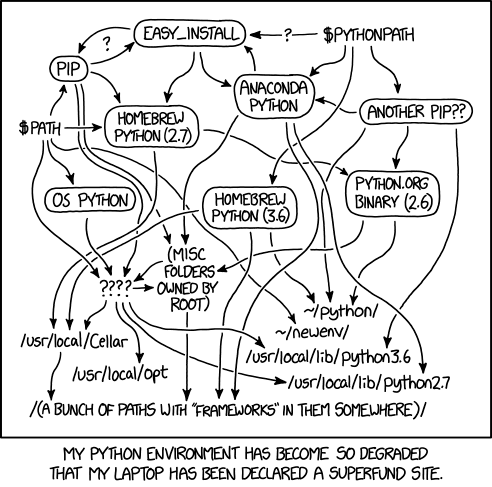I came back to the Radiospiral iOS app after some time away (we’re trying to dope out what’s going on with metadata from various broadcast setups appearing in the wrong positions on the “now playing” screen, and we need a new beta with the test streams enabled to try things), only to discover that Fastlane had gotten broken in a very unintuituve manner. Whenever I tried to use it, it took a crack at building things, then told me I needed to update the snapshotting Swift file.
Okay, so I do that, and the error persists. Tried a half-dozen suggestions from Stack Overflow. Error persists. I realized I was going to need to do some major surgery and eliminate all the variables if I was going to be able to make this work.
What finally fixed it was cleaning up multiple Ruby installs and getting down to just one known location, and then using Bundler to manage the Fastlane dependencies. The actual steps were:
- removing rvm
- removing rbenv
- brew install ruby to get one known Ruby install
- making the Homebrew Ruby my default ( export PATH=/usr/local/Cellar/ruby/2.7.0/bin:$PATH)
- rm -rf fastlane to clear out any assumptions
- rm Gemfile* to clean up any assumptions by the current, broken Fastlane
- bundle install fastlane (not gem install!) to get a clean one and limit the install to just my project
- bundle exec fastlane init to get things set up again
After all that, fastlane was back to working, albeit only via bundle exec, which in hindsight is actually smarter.
The actual amount of time spent trying to fix it before giving up and removing every Ruby in existence was ~2 hours, so take my advice and make sure you are absolutely sure which Ruby you are running, and don’t install fastlane into your Ruby install; use bundler. Trying to fix it with things going who knows where…well, there’s always an applicable xkcd.
